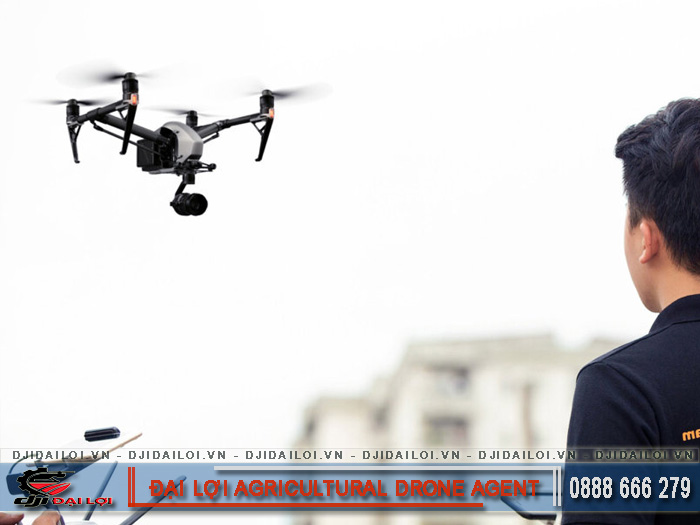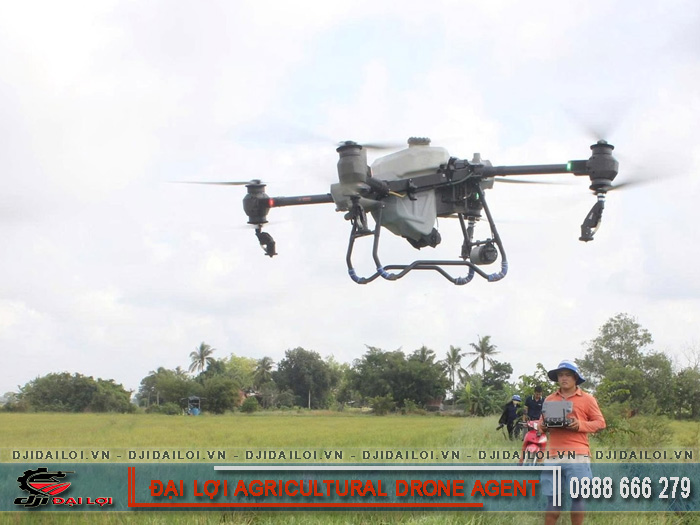
Many people mistakenly believe flying a flycam is a simple hobby unrelated to the law. In reality, flycam operations are strictly regulated in Vietnam and many other countries. Failing to obtain a flycam flight permit as required can result in heavy administrative fines, equipment confiscation, or even criminal charges if national security is affected.
Operating a flycam is not just about technology-it involves aviation safety, national security, privacy, and public order. Areas such as airports, government buildings, military bases, or densely populated neighborhoods are often restricted or prohibited zones.
Besides the legal aspect, obtaining a valid flycam flight permit also helps you:
In short, whether you’re a hobbyist or a company, getting a flycam flight permit is mandatory if you want to avoid legal risks when using unmanned aircraft.
Before submitting your application, make sure you are prepared with the necessary documents, skills, and basic legal understanding. Being well-prepared from the start saves time and reduces the risk of rejection or penalties later.
Here’s what you must have for a fast, compliant application:
Proper preparation ensures your flycam flight permit request is approved quickly and without unnecessary setbacks.
Whether you’re an individual or an organization, you must follow the official permit process set by the Ministry of National Defense or the local military command. Here’s a step-by-step guide to help you complete it accurately and efficiently:
First, identify the location and schedule of your planned flight. This helps assess whether the area falls within restricted zones. Flights near airports, military areas, or government centers are likely to be denied.
A complete application usually includes:
⇒ Print in color, present clearly, and prepare a digital copy if required.
Depending on your location, submit your application to:
⇒ Submit at least seven business days in advance. Late submissions may be rejected.
After submission, authorities will review your documents and contact you if additional information is needed. Processing usually takes 5–10 business days, depending on the region and flight purpose.
Signs of proper processing:
Once approved, you’ll receive an official document specifying your authorized flight time, coordinates, altitude, and device type. You must fly strictly within these parameters using the approved equipment and operator.
If you change your plan, you must reapply. Violations can result in permit cancellation or fines.
Although the process isn’t overly complex, many applicants get rejected or fined due to common errors. Avoid these issues to ensure smooth approval:
Recommendation: Double-check all information, review current regulations, and seek expert advice if necessary before submission.

After completing the process, confirm your permit meets all legal standards and ensures safe, lawful operation:
You can further confirm success by checking:
⇒ After each successful application, save your completed file as a template for future use to reduce preparation time and avoid rejections.
This is a common question among first-time users and companies with frequent flight operations. Both options have pros and cons depending on your purpose and how often you fly.
→ If it’s your first time, try doing it yourself to understand the process. Once familiar, consider hiring a professional service for efficiency when handling frequent or complicated flight permits.
In conclusion, obtaining a flycam flight permit is not only a legal requirement but also ensures safety and credibility for aerial filming activities. Follow the proper procedure, avoid common mistakes, and consider professional support if needed for optimal results.
Typically, it takes 5–10 business days, depending on the area, authority, and complexity of your flight plan.
It depends on the flight area. Even small drones require permits if flown near public spaces, military zones, or airports.
Submit to the General Staff of the Ministry of National Defense or the provincial/city military command, depending on your flight location.
Most applications still require paper submission, but some provinces accept digital copies first to speed up processing.
Depending on the violation, fines range from 1 to 40 million VND, and your device may be confiscated or lead to criminal charges if national security is affected.